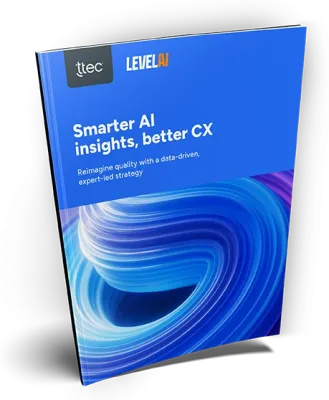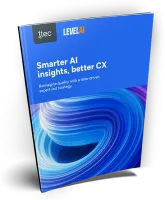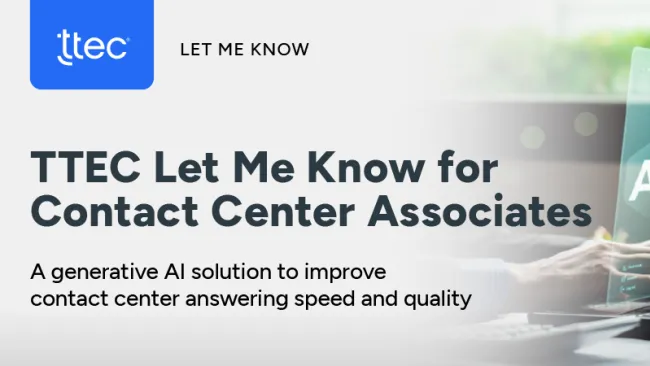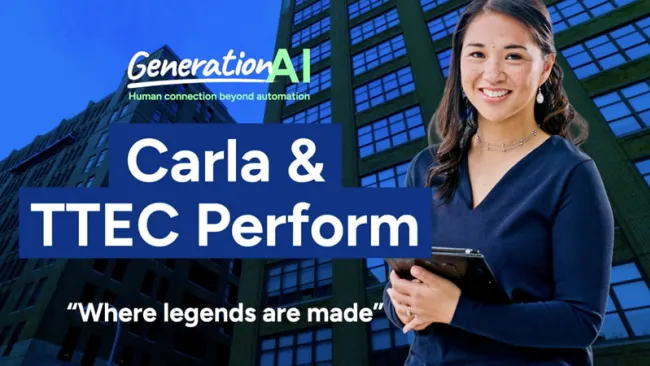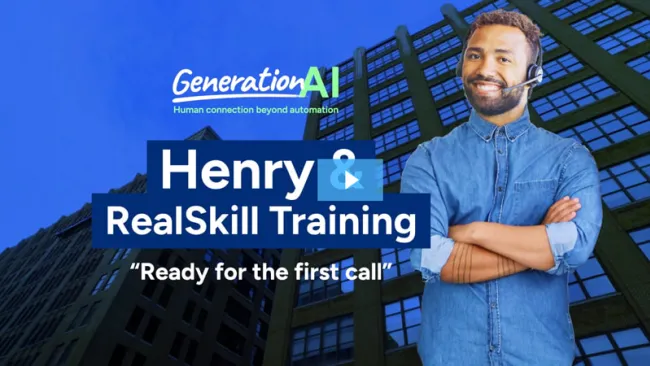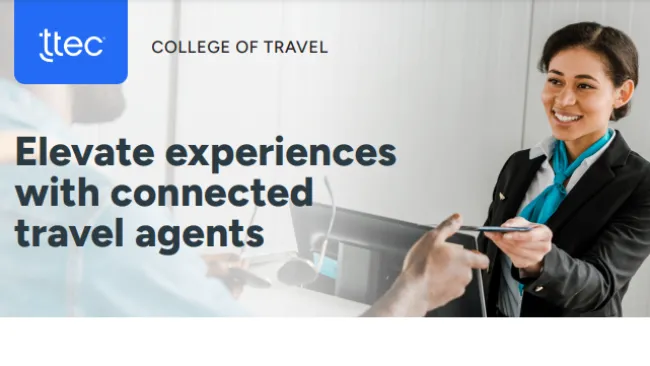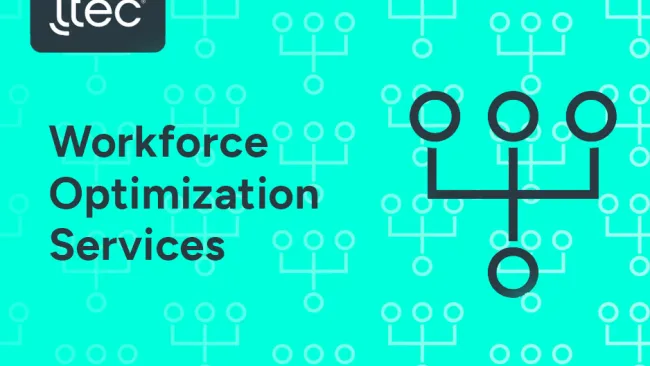Pride is a dangerous emotion, especially since reluctance to accept shortcomings or changes stunts growth and retains the status quo. Pride leads many of us to get caught up in proving our theories and hypotheses, hindering us from seeing the bigger picture and adapting to the organic behaviors in today's societies and communities.
Most businesses are willing to accept that new technologies—especially socially powered platforms and mobile communications—have revolutionized customer expectations. They also recognize that when implemented well these tools can drastically improve customer experience. However, many business leaders are still reluctant to recognize that the same tools can transform employee training. It's a new world, yet many are still using old-fashioned methodologies for employee training.
Taking a cue from Dr. Martin Luther King, Jr.'s famous "I Have a Dream" speech, training professionals should dream beyond what is deemed normal, and instead expand their visions and reach out to innovative plateaus. We want operational leaders to recognize that they have a green light to knock on the doors of their training leaders and search for business partners who go beyond traditional training methods. Introducing revolutionary learning techniques and practices will help enhance the customer experience which will, in turn, help make the business successful.
Learning innovation needs to build a solid foundation by identifying and developing the right people for the right position through data analysis. Just like the precogs in Philip K. Dick's science fiction story, The Minority Report, we need to identify behaviors early and then leverage technology, data, and resources to enrich them. We need to constantly revisit our assumptions, cross-reference them with operations-based data, and continuously analyze them to ensure that we adapt our teaching methods to the times and to individual learners.
So what does the future of learning look like? I have three dreams to make learning applicable to today's reality.
Dream 1: Predicting Performance
In The Minority Report, the pre-crime precogs have an important role: Not only are they able to see potential future visions, but their skill allows them to intervene to prevent potential crime. Developing a training program that predicatively determines the quality of future employees based on their in-training performance is, or should be, the dream of all training leaders. Accomplishing this dream requires three essential elements:
- Technology: Instead of reinventing operations, augment them. Within a training program, it's important to replicate the workplace environment through easy-to-update, minimal maintenance, cloud technology. Utilizing cloud technology that imitates the user experience allows learners to be fully immersed in the operational experience without impacting real customer records. The "cloud" allows for real-time updates to reflect the changes in the live operations environment.
- Process: Developing a refined, successful process to ensure consistent quality takes time, patience, and experimentation. In the past 18 months TeleTech has conducted more than 1 million simulated peer-to-peer customer interactions, then recorded and evaluated 10 percent of them. Each month we analyze multichannel customer data and use patent-pending, algorithm technology to understand the trends and themes specific to each client, skill set and call type. This resulted in revisions to the hypothesized approach, including the advent of real-play certifications as gate checks throughout the on-boarding program.
- People: This is, perhaps, the most undervalued element. Many leaders look for the one tool that can make everything better, or the process that will change customer satisfaction results. Part of our envisioned success includes empowering aptitude-enabled employees with pride and passion. It's essential for employees to embrace innovation and see beyond what is immediately in front of them.
These three elements allow organizations to proactively identify the future success of prospective employees with an average 85 percent success rate. For example, by replacing its traditional blended training with simulated and social learning tools, one company achieved a 17.6 percent handle time improvement, while quality improved 32.1 percentage points within four months. These results were within 15 percent accuracy of their in-classroom real-play performance.
Dream 2: Personalize 2.0 Learning
Rather than simplifying matters, social technologies can complicate learning processes when business leaders don't recognize the need for specialized training for social employees. Today's Facebook, Twitter, Yelp, and Pinterest world has made almost everyone social. Web 2.0-savvy employees don't want to be spoon-fed information. They want to use self-discovery learning experiences. If you lecture them, you will lose them. Patience is diminishing. These aren't just the Gen Y employees or "social associates." The entire workforce is becoming social adept. Socially apt employees dream bigger than lectures. We need to dream with them.
Rewarding employees is necessary, but waiting until the end of a project or program to reward employees is likely to lead to disaster. While we all know that, there are still those who persevere in this erroneous practice. Today's learning leaders need to find ways to challenge and reward their learners in job-specific ways that invigorate them with increased willingness to learn rather than insult their knowledge. Through the use of gamification, employees can be rewarded with virtual badges for completing certifications or based on their operational performance.
And instead of one-size-fits-all, learning tools should be associate-specific, micro-learning tools that are automatically administered based on individual performance data. Such content is accessed through collaborative platforms that invite ratings, comments, and other social actions, and results are housed in a learning management system. The next stage of this dream is to generate reports that reflect the effectiveness of micro-learning and make this information visible to employees, introducing the gamification element to the learning processes.
Business leaders can leverage successful endeavors and expand 2.0 learning to their customers, as well. The same learning practices, technologies, and solutions used to teach employees can educate customers through multichannel, self-service support.
Dream 3: Innovation
Part of what made Dr. King's speech so revered is that he was able to clearly articulate his dream. Many of us are terrified to put our dreams into words out of fear that we will be asked to achieve it. This fear leads to complacency and static learning practices.
Learning leaders need to not only dream about innovative learning methods, but also document their vision, and then join forces with their operational and technology peers to determine ways to turn these dreams into reality. Rather than rely on lecture-focused practices and assess employees on test scores and trainer evaluation forms, it's time to challenge learning leaders to dream about innovation.
We also need to rethink "innovation." Innovation goes beyond the introduction of new technologies. One valuable lesson we've learned in our work with clients is that technology is soulless without people to manage it.
As with any good plan, learning programs will need to be altered as you go. When that happens, don't let pride be the inhibitor. Embrace the challenges and make them work for you and your business.
The precogs were not perfect and not all dreams will come to fruition, at least not in our lifetime or tenure at a company. However, we have the ability to accurately predict employee performance and empower those employees with career-long learning that help them achieve new heights of operational excellence.



